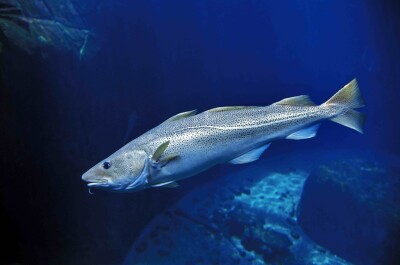If you slurped down any oysters on the half-shell this summer, you probably didn’t realize they were monsters. Not monsters in the pejorative sense, but man made creatures—the invention of a modern-day Dr. Frankenstein. That Dr. Frankenstein, in this case, is Standish Allen, currently the director of the Aquaculture Genetics and Breeding Technology Center at William & Mary’s Virginia Institute for Marine Science.
Over the past three decades, Allen’s patented innovations in oyster culture have transformed this old-fashioned industry. His monster: a sweet, plump morsel called the triploid oyster.
Natural oysters, like humans and most other eukaryotes, are diploid—each of their cells contains two sets of chromosomes, one from each parent. Allen’s innovation has been to create oysters with three sets of chromosomes. The uneven number results in a mostly infertile oyster that, because it doesn’t waste energy producing gametes—eggs and sperm—grows bigger and faster than natural oysters. That means they can be harvested earlier, before they’re affected by the diseases that have laid waste to natural oyster populations in places like the Chesapeake Bay and the estuaries of Normandy.
Read the full story at The Atlantic>>
Want to read more about sterile oysters? Click here...






